The Fanatec CSL Pedals in a nutshell
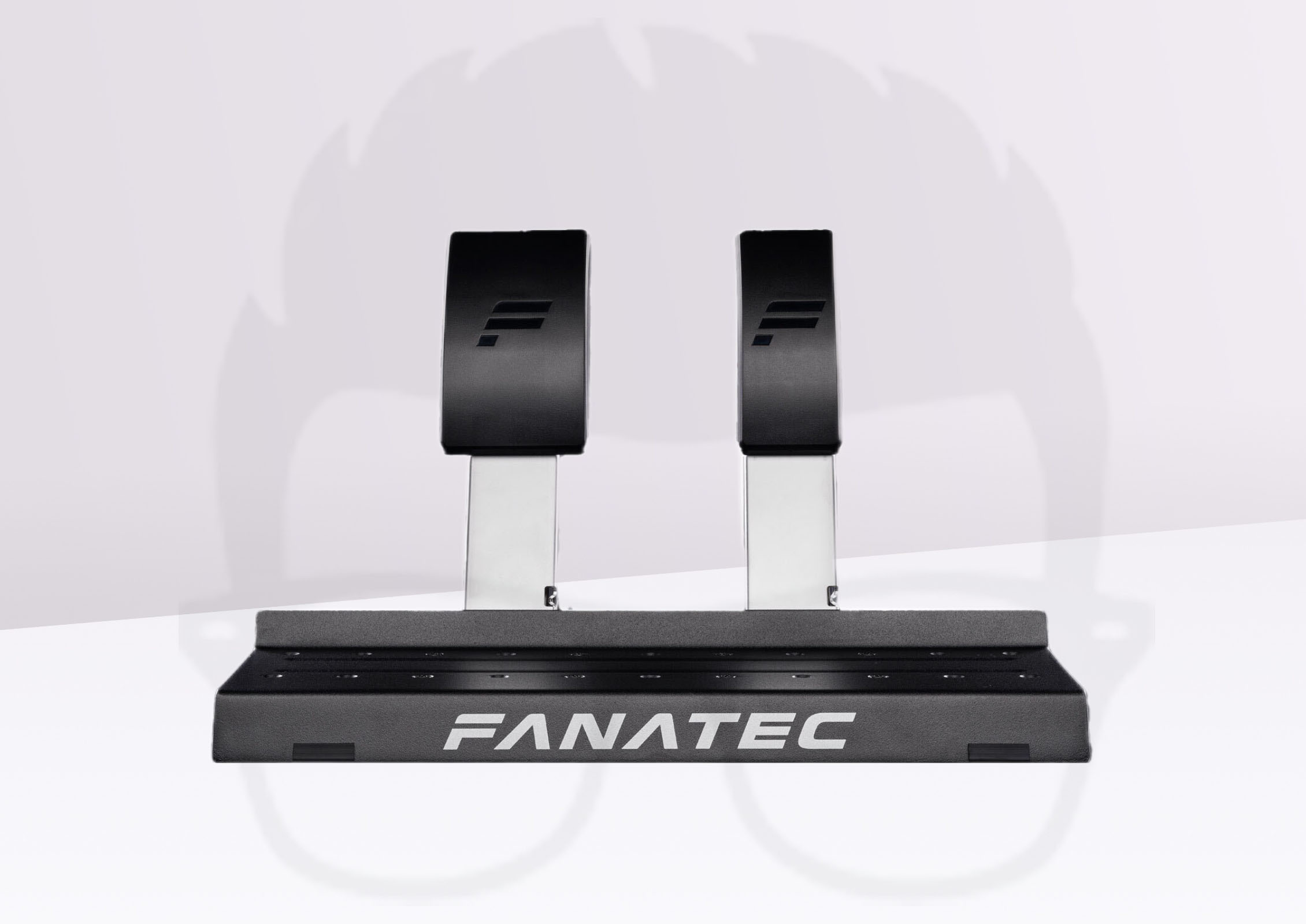
Advantages & Disadvantages
✅ All-metal construction
✅ Competitive price
✅ Upgradeable crankset via Fanatec catalog
✅ All-platform compatible
❌ Flexible brake pedal underfoot
ㅤ
The German brand of sim-racing peripherals Fanatec is a major player in the industry, with a product range that is both comprehensive and aimed at several categories of virtual pilots. This not only makes the brand far more attractive than the competition, but also enables it to offer a coherent, harmonious ecosystem.
As you know, Fanatec has been present in the sim-racing peripherals market for a very long time (over 20 years). To say that the brand has experience in this industry is an understatement, and it shows in all the new releases and other high-performance peripherals.
Of the 3 ranges offered by Fanatec, the ClubSport is undoubtedly the one that attracts the most riders worldwide. The CS has it all: powerful Direct Drive underpinnings, officially licensed Porsche and BMW steering wheels, Load Cell crankset and all that goes with it. However, the less expensive CSL range also has its charms, notably a much more accessible selling price. In what follows, I’m going to introduce you to Fanatec’s least expensive pedalboard in its catalog: the CSL Pedals. I’ll give you many interesting details about this device and tell you what I think of it.
Main features and technical specifications of the crankset
- All-metal structure
- Adjustable pedals in different planes (spacing, inclination, input)
- Compatible with Xbox, Playstation and PC
- Compatible with the entire Fanatec ecosystem (bases and flywheels)
- Supports clutch kit and Load Cell kit
- Magnetic sensor on pedals for input recording
- Weighs 3.55 kg on the scale
CSL Pedals design
I’ll start with the design of this product: to put it simply, I’m fairly neutral when it comes to the visuals of this pedalboard. The overall shape of the CSL Pedals is nice, but the choice of colors leaves a bit to be desired. I think an all-black crankset would have been better received by riders, but that’s just my opinion – design is subjective.
Be that as it may, the CSL Pedals feature an all-black footrest, with pedal plates also in Batman’s favorite color. Only the pedal structure is gray, with a large white brand logo on the front (footrest). You’ll either love the CSL Pedals, or you won’t.
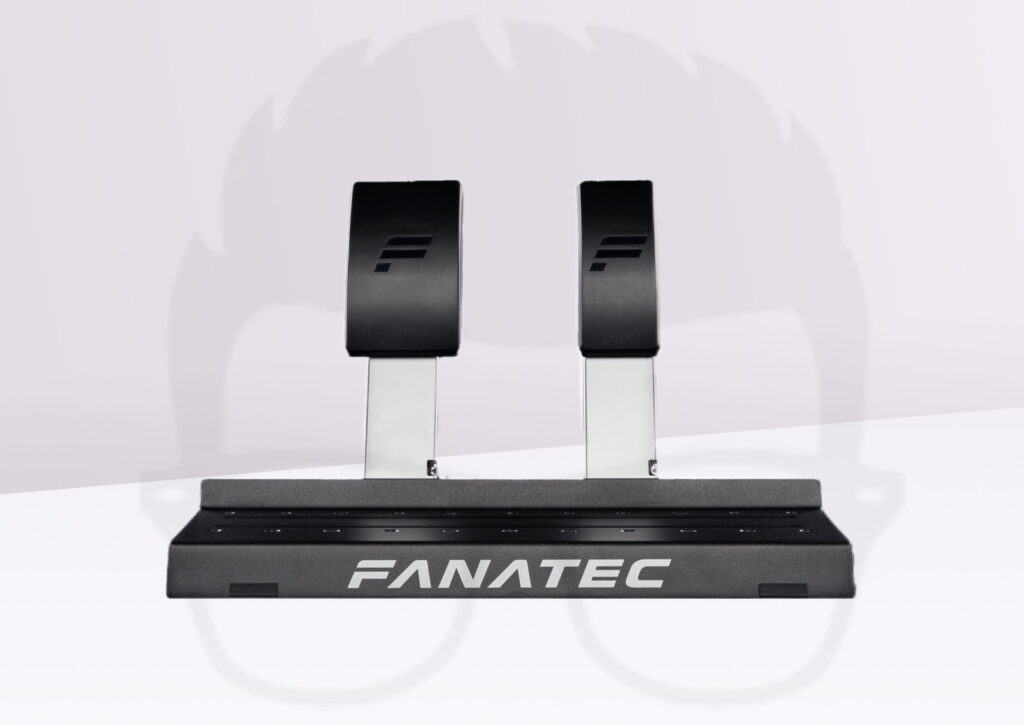
Customized assembly
In its standard configuration, the CSL Pedals can be used directly on the floor, and won’t move from the spot where it’s installed. And the reason is quite simple: you’ve got rubber pads underneath the pedalboard, and the latter is not only lightweight, but also Load Cell-free.
For those of you with a chassis, cockpit or stand, the CSL Pedals can be mounted on them without any problem, thanks to slots for M6 screws, if I’m not mistaken, which will be installed on the chassis in question. The operation is relatively easy, except for the screws at the front of the pedals, where you won’t have enough space to work with.
Speaking of operations to be carried out, this crankset is delivered in parts, and the task of assembling it will fall to you. But don’t worry, it’s really very easy to do, and shouldn’t take you more than 10 mins for the less DIY-minded.
Manufacturing and finishing
The difference with the competition starts now, with manufacturing using mainly metal, with the exception of a few plastic components.
The structure of the CSL Pedals is made entirely of steel, giving it rigidity and, above all, very good build quality. I didn’t notice any burrs or defects on the unit I have, and that says a lot for Fanatec and its products.
As for the finish, the paintwork is well done, as is the assembly of the parts. Admittedly, you’ll be the one assembling this pedalboard when you receive it, but you won’t have any gaps when the operation is complete.
Customizing the crankset
Fanatec’s strength lies in the customization of its products, and the CSL Pedals are no exception. The brand’s catalog includes a custom pedal plate kit, a clutch pedal and a Load Cell kit for the brake pedal. Each option is sold separately, of course, and at affordable prices.
The aim here is to offer a standard peripheral for the amateur rider, and allow him to upgrade his setup along the way, for not too much money either. I think this approach is excellent, especially for people who don’t have the budget to buy everything at once, especially LC pedalboards.
Sensations during play
Let’s talk a little about the in-game feel of this crankset, and I’ll start with the throttle. The right pedal is very smooth, with very little resistance underfoot. The stroke is linear, and the feel is precise too. It’s not at all like an On/Off button, but a real accelerator pedal. At the rear of the pedal is a magnetic sensor that makes maintenance and cleaning of this device a thing of the past, as well as being more reliable than potentiometers.
Let’s move on to the brake pedal. In terms of feel, it’s a hair harder than the gas pedal. This means you’ll get a more detailed braking sensation than on other competing peripherals, notably the entry-level devices from Logitech and Thrustmaster.
The brake pedal will always be soft if you don’t opt for the Load Cell, and there’s nothing we can do about that, as the CSL Pedals remain a very inexpensive entry-level product (see below). The pedals offer a wide range of adjustments, including pedal spacing, pedal tilt, dead zone via software, and braking force feedback. But these are still very soft pedals underfoot, and the device is clearly aimed at a novice audience, or even an amateur in certain situations.
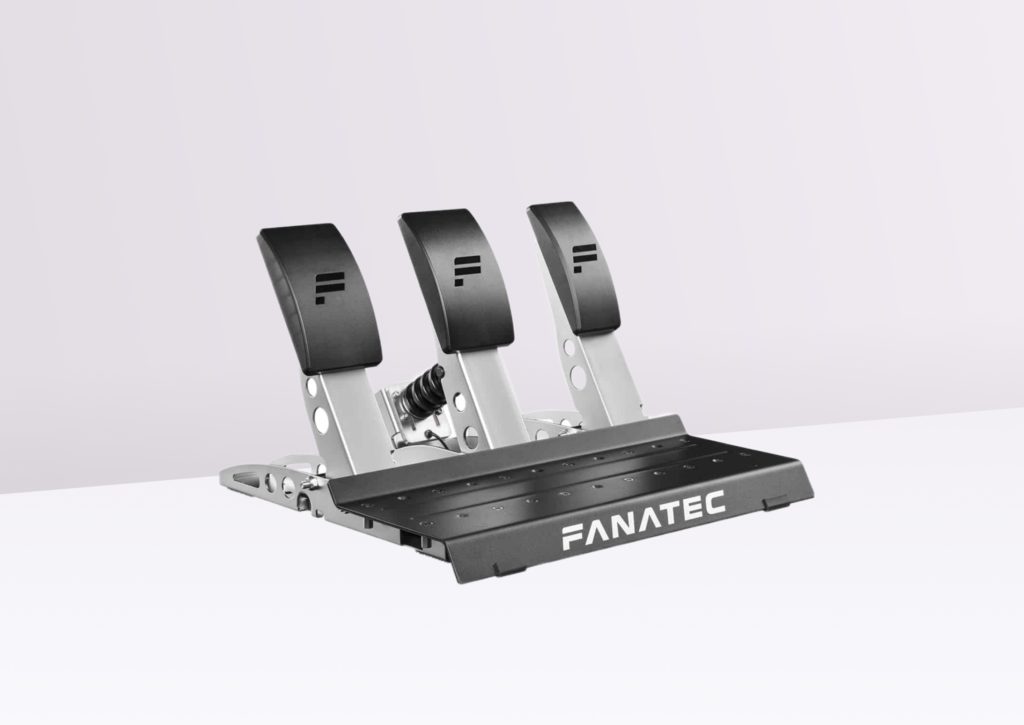
CSL Pedals compatibility
The CSL Pedals will work on Xbox and Playstation with a console-compatible Fanatec base, and also on PC either with a base from the same brand, or via a USB adapter.
As far as the ecosystem is concerned, the CSL Pedals can be used with the whole range of Fanatec products, without the slightest problem. The same applies to sim-racing titles, which are compatible with both consoles and PC.
Value for money
The CSL Pedals sell for €80 on the Fanatec website, and that’s a pretty good price. I think its value for money is very good, especially for its target audience. What’s more, you have the option of installing the Load Cell kit, which will replace the brake pedal for an LC, for €140. Of course, if you opt for the basic crankset and upgrade later, it will cost you more (around €60 extra). But it’s still an option for those who can’t afford it and want to test the temperature before taking the plunge.
My verdict on Fanatec’s CSL Pedals
I find the CSL Pedals an excellent crankset for those looking to get started in sim-racing, or for racers who opt for Fanatec’s entry-level bundles. It’s not the best, I realize, but it’s clearly not the worst of the lot.
If you shop around for the price, it’s still an excellent option for amateur riders and novices alike. The CSL Pedals remain a very good product for diving into the Fanatec ecosystem, which you’re likely to enjoy afterwards.
But if you already have experience with a Load Cell pedalboard, it would be wiser to go straight for the CSL Pedals LC, as the standard will seem like a children’s toy. On the other hand, it’s still a good alternative to the competition, which clearly falls short of Fanatec’s product in terms of build quality, materials and overall construction. As far as I’m concerned, I recommend this pedalboard for those who want to try sim-racing.

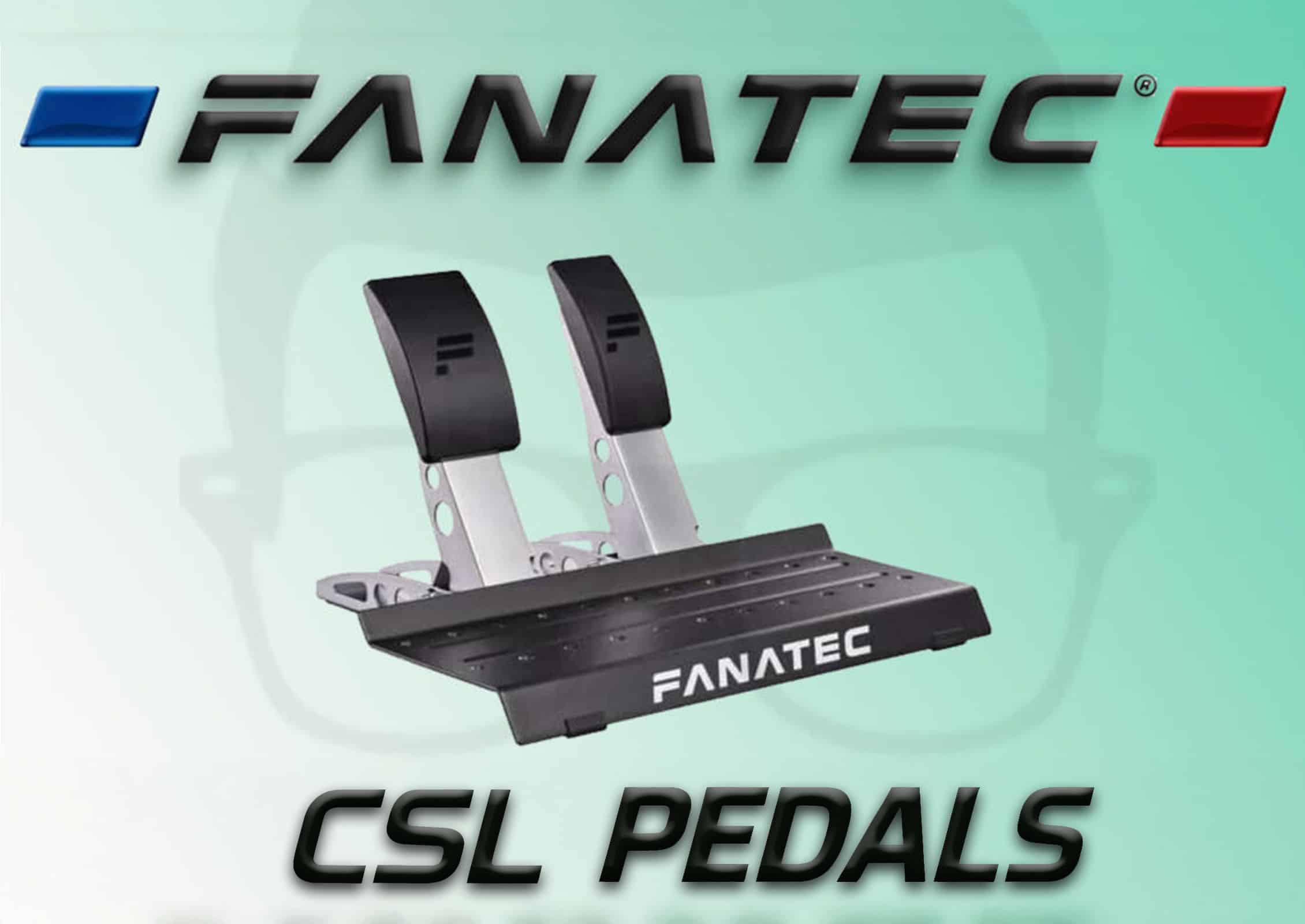
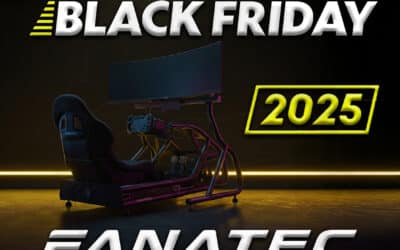


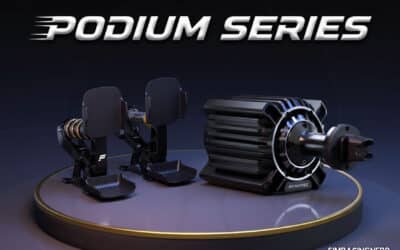
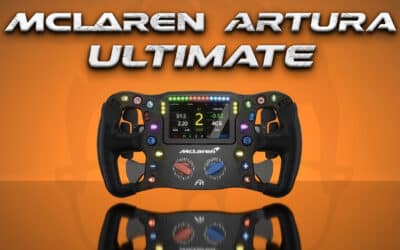
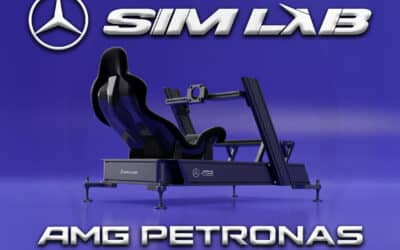
0 Comments